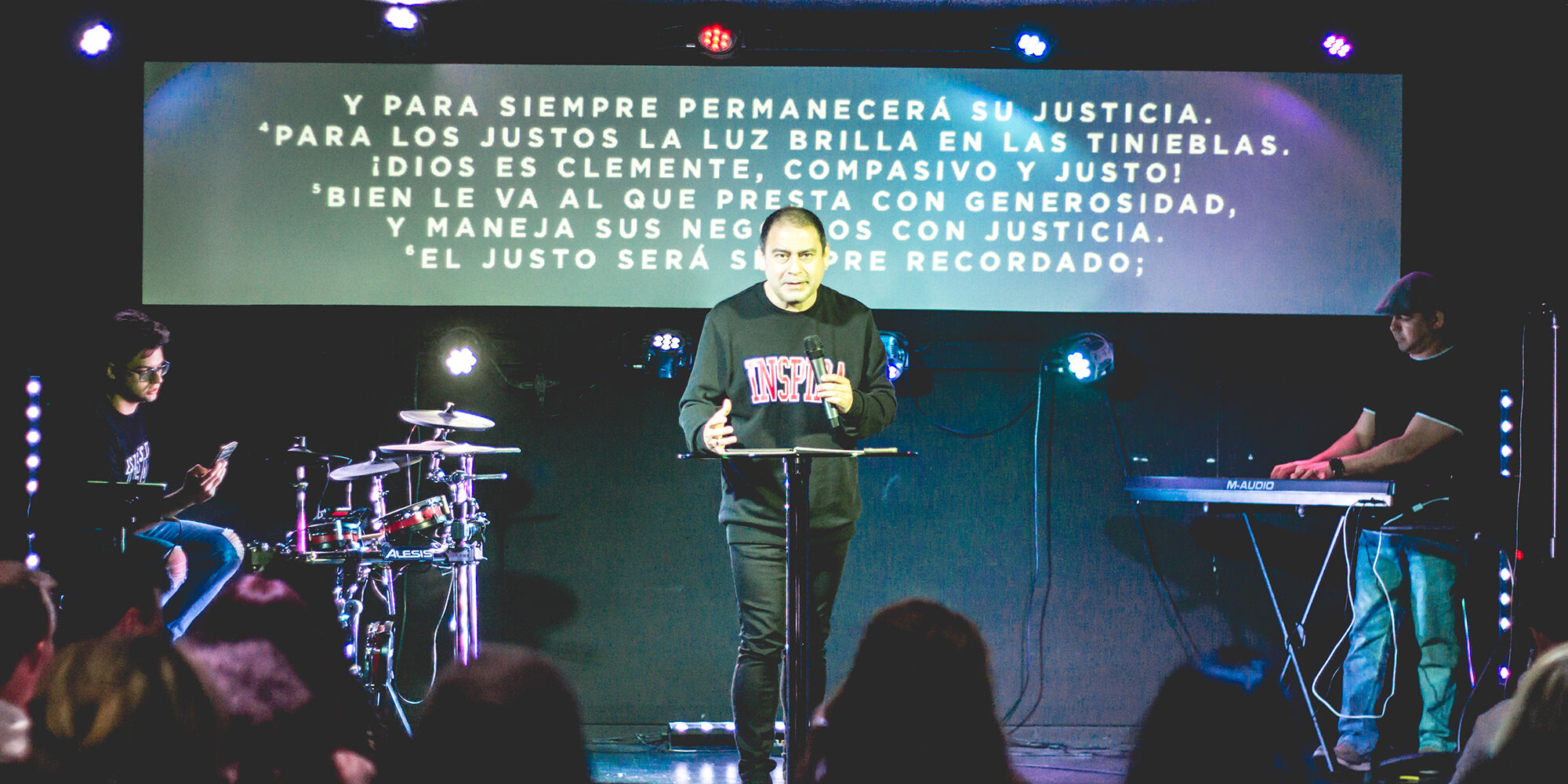Immigration is a major component in the changing U.S. religious landscape. According to the Pew Research Center, the percentage of Latinx Christians increased from thirteen percent in 2007 to sixteen percent in 2014.[1] For this reason, the Religious Workforce Project includes qualitative data from eight Latinx congregations.
In this post, I will introduce Iglesia Episcopal San Juan (a pseudonym), a large church located in a DC suburb that embodies many elements typical of Christian Latinx congregations in the Washington metropolitan area. Founded in the 1600s, the congregation has a long history in the community. It used to be a typical Mainline Protestant church with a majority white American membership. However, as the congregation dwindled in size in recent decades, a Latinx congregation began renting the church building in the early 2000s and ultimately became the nucleus of the present congregation. Although they began as tenants, the Latinx congregation grew to such an extent that it has merged with the original white congregation under the charismatic leadership of Father Miguel Martínez (a pseudonym), who is originally from Puerto Rico.
When I first spoke to Father Miguel on the phone, he came across as warm, welcoming, and hospitable, but very busy. Even on his day off, he says, he…
spoke on the phone with three different people, and each had significant personal problems. It doesn’t matter when they call, if I’m free, I pick up the phone. I even turned off notifications on my phone because if I didn’t it would never stop ringing. In many cases, they’ve maybe gone to a therapist before, but they’re more comfortable speaking with a priest because they trust that more, and they can confront their issues when approached from the faith perspective.
Like Father Miguel, other Latinx pastors in the study mentioned that a significant part of their ministry involves counseling troubled members of their congregations. In conjunction with this is the strong personal connection that binds many people to a particular church as opposed to another one.
In the leaders’ meeting that I observed at Father Miguel’s church, many leaders pointed to him as the reason they decided to stay with San Juan. “He never forgets a name or a face, and he takes the time to talk to us after Mass. In my old church, people just left right after a service. I loved the sense of community in this parish,” says Julieta (a pseudonym), a church leader who has been a member of San Juan for many years.
Over the years, the Latinx population within the church grew exponentially while the original white population dwindled, which is reflected in the number of services in each language: three services in Spanish over a weekend and just one in English. The interior of the church also reflects the culture and personality of its congregants: to the left of the altar is a huge portrait of Saint Oscar Romero, a Salvadorian bishop martyr who enjoys a huge devotion among the Latinx Christian population. Votive candles and flowers abound. To the right of the altar is a shrine to Our lady of Guadalupe, just as loved and popular. Even in the few minutes just before Mass begins, the congregation is abuzz; children laugh, cry, and run about with their friends as their parents strive to keep them under control. The atmosphere before a Spanish-speaking service is one of restrained excitement and turns into an outright fiesta afterward as people flock to the gym-turned-cafeteria to enjoy a long brunch prepared by the volunteer Breakfast Ministry team.
In the interview I conducted with Father Miguel, he shares that a struggle in this congregation is achieving financial independence despite its large size, with approximately 650 members. “We’re a lot, but the people don’t have a lot of money nor the proper educational attainment [to be earning a lot of money].” It is currently receiving financial assistance from the diocese to run its operations. Besides the pastor, the secretary is the only other full-time staff member. Its ministries and committees are all run by volunteers, and they are numerous. Among them, several carry out tasks normally done by paid staff in other churches: a fundraising committee, a facilities maintenance committee, and a communications committee, to name a few.
Like San Juan, the other Latinx congregations in the Religious Workforce Project face similar circumstances: low financial input, yet incredible human resources. I’ll feature more of them in future posts.
— Jackie Hojilla
[1] “Religious Landscape Study.” Pew Research Center, Washington, D.C. (2014) https://www.pewresearch.org/religion/religious-landscape-study/christians/christian/.







